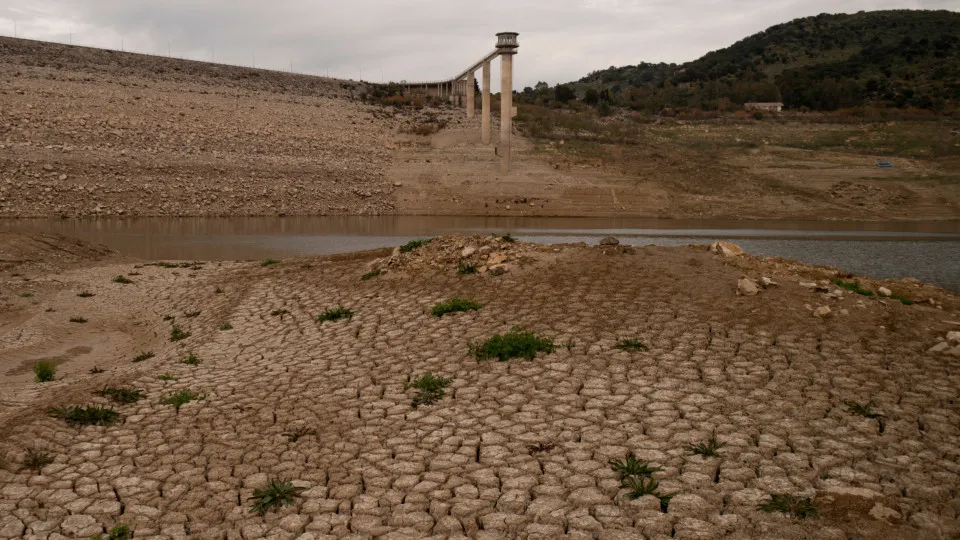Rainfall is essential for life across Earth's landscapes. It's the main source of fresh water for plants and animals, and us. According to Earth Science, the average amount of precipitation falling on the Earth per year is approximately 39 inches (100 cm). Much of that is rainfall as opposed to sleet or snow. And what would happen to our planet if it was suddenly deprived of rain? How would we cope? Could we survive?
Click through and absorb these worrying consequences of a world without rainfall.



